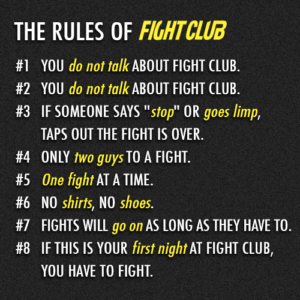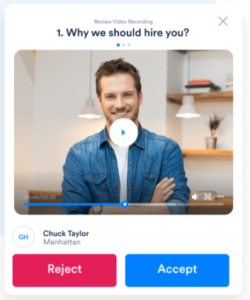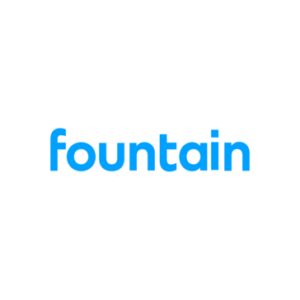Oh, no, Tim’s losing his mind! He’s going to talk about politics!
I’ve said it before and I’ll say it again, I am a Raging Moderate! I will fight until my last breath to keep myself firming on the fence in the middle, open to actually having an opinion that might fall on either side depending on the subject!
Here’s the thing, though, 63% of people are more likely to “buy” from a brand that speaks out about politics!
If that’s the case, and the main goal of great employment branding is to clearly let potential employees know who you are, so they can self-select in, or self-select out, it would seem like we should be stating our political leanings in our employment branding and recruitment marketing!? Right?!
It’s a tricky question!
Most organizations would claim they do not have a political identity. They would claim they are a-political accepting candidates and employees who believe all kinds of politics across a vast spectrum. That is actually the reality for many large employers. And, it’s not the reality.
When you dig into exit interview data, and reasons why folks do well in some organizations and struggle in others, many times you find that “fit” was all about either the political leanings of the micro-culture they worked in or the political leanings of the macro-culture they worked in.
It then truly comes down to the goals of your leadership team. What is it they want to portray to the world? Your customers. Your stakeholders. Your employees, and your future employees, candidates.
The reality is, if you are a small to a mid-sized organization (0-500 employees), you probably lean one way or another on the political spectrum, many times you are leaning really far to one side! Your senior-most leader probably has stated publicly what they are politically, and/or who they will vote for. Most likely, the folks they hire will be similar in their political beliefs, and it all rolls downhill.
The farther away from senior leadership the more likely you will have hires make into the organization they see the world completely different, politically, as you will get left or right leaders who hire folks who don’t carry the same strong leanings one way or another.
BUT – if the true goal is to get people who “fit” your culture, shouldn’t we tell them who we are?
Can you imagine applying for a job at a 1,000 person organization and on their career site they have something like this listed:
After the Most Recent Political Election, our employees took an anonymous survey of where the fell politically. Here are the results:
- Democrat – 52%
- Republican – 35%
- Libertarian – 3%
- We hate politics – 10%
Automatically, you get a feeling if you want to work at this company or not, just by looking at the breakdown! If you are a major conservative, you probably will question whether you want to join, or even apply, to this company. Or, if you are liberal, this data might truly push you to want to join this organization!
“But Tim! We want to be ‘Inclusive’!”
Really? Are you sure? Have you asked your CEO that question and then asked them why they’ve made it public where they stand, politically?
If the best employer brand helps you attract the talent the best fits your organization, then you probably aren’t being fully inclusive. That’s a hard pill to swallow, but it’s true. Great employer brands are exclusive. This is exactly who we are, and this is exactly who we want to work here. That might mean we are a diverse set of men and women of all colors who like old school hip-hop and Minecraft, who are also mostly Catholic. Cool. I either want that, or I won’t, but now it’s my decision.
Bad employer branding is to say we are everything to everyone, come join us, when you actually aren’t, and you actually don’t want to be that. It’s not popular to say out loud. We are supposed to be fully inclusive. I want the Trump hat-wearing dude and the rainbow flag wearing lesbian and that one girl with black lipstick that doesn’t talk much, but damn can she code! Unfortunately, that isn’t the normal reality.
I’m going to say that 99.9% of TA and HR leaders would say, “NO!” when asked if they would want their employer brand to state their political beliefs. The reality is, it does, and you’re just ignoring it.





